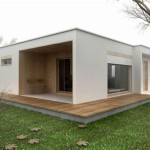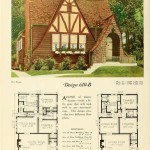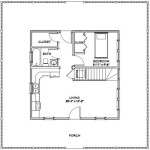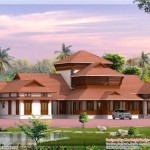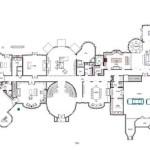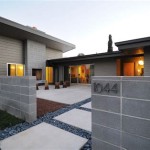Row House Plans: Affordable and Space-Efficient Urban Living Communities in Amsterdam
Amsterdam, renowned for its canals, picturesque architecture, and vibrant culture, faces a growing challenge: the need for affordable and sustainable housing solutions. As the city continues to attract residents and tourists, the demand for housing outpaces supply, pushing prices to record highs. To address this issue, innovative solutions are emerging, one of which is the adoption of row house plans. These compact and efficient designs offer a compelling solution for creating affordable and sustainable urban living communities in Amsterdam.
The Advantages of Row House Plans for Urban Living
Row house plans offer several advantages, making them a compelling option for urban living, especially in cities like Amsterdam with limited space and high land prices.
1. Affordability and Accessibility
One of the key benefits of row house plans is their affordability. By maximizing space utilization and minimizing construction costs, developers can create homes that are accessible to a wider range of residents. With their compact footprint, these homes require less land, resulting in lower land purchase costs. Additionally, shared infrastructure, such as walls and utilities, further reduces construction expenses, making the homes more affordable. This is particularly relevant in Amsterdam, where housing prices have become a major concern for many residents.
2. Space Efficiency and Functionality
Row houses are designed to maximize space efficiency. Their narrow footprint allows for a greater density of units per land area, making them ideal for urban environments. The vertical layout of these homes allows for efficient use of space, often featuring multiple levels with well-planned layouts that provide functional living spaces. This design allows for smaller units to feel spacious and comfortable, making them a good option for singles, couples, or small families.
3. Sustainable Design Principles
Row houses in Amsterdam are increasingly adopting sustainable design principles, contributing to a greener urban environment. The compact nature of these homes reduces the overall energy consumption by minimizing heating and cooling requirements. Utilizing natural light and ventilation through strategically placed windows and skylights enhances energy efficiency. Furthermore, shared green spaces and communal gardens foster a sense of community while promoting sustainable living practices.
Row House Plans in Amsterdam: Inspiring Examples
Amsterdam has witnessed several successful implementations of row house plans that offer innovative solutions for affordable and sustainable urban living.
1. The "Hofjes" Concept
Amsterdam is known for its historic "hofjes," small, enclosed courtyards surrounded by houses. This traditional concept provides a model for contemporary row house developments. Modern "hofjes" are being built with shared green spaces, communal gardens, and sustainable features, fostering a close-knit community while providing affordable housing options.
2. The "Tussenhuizen" Project
The "Tussenhuizen" project is an innovative approach to building affordable housing in Amsterdam. This project involves creating small, modular homes that are stacked alongside existing buildings to create new housing units. These homes are highly sustainable, utilizing prefab construction methods and incorporating green building materials. The project demonstrates the potential of row house plans to revitalize existing urban areas while providing affordable and sustainable housing options.
Conclusion
Row house plans are emerging as a viable solution for creating affordable and space-efficient urban living communities in Amsterdam. These plans offer a range of benefits, including affordability, space efficiency, and sustainable design principles. As the city continues to grapple with the challenges of housing affordability and sustainability, row houses present a promising path towards creating vibrant and sustainable urban communities.

Schoonschip A Floating Neighbourhood Citychangers Org

23 Town Houses In Amsterdam Atelier Kempe Thill Archdaily

In Amsterdam A Community Of Floating Homes Shows The World How To Live Alongside Nature Seattle Times

Superlofts Marc Koehler Architects

An Expat S Guide To Dutch House Styles And Types

The Netherlands Will Soon Be Home To A Self Sustaining Eco Village Builder Magazine

In Amsterdam A Community Of Floating Homes Shows The World How To Live Alongside Nature Seattle Times

The Developer Places This Feels Like A Restorative Take On Social Housing New Amsterdam School

Floating Homes Archives Waterstudio

Powerhouse Creates A Refined And Distinctive Urban Ensemble In Amsterdam
Related Posts

